Determination of fuel consumption on mining excavators and dump trucks
Determination of fuel consumption on mining excavators and dump trucks
![]() Customer: quarry for gypsum mining, USA
Customer: quarry for gypsum mining, USA
![]() Task: determination of fuel consumption per ton of product
Task: determination of fuel consumption per ton of product
![]() Machinery: mining excavators and dump (haul) trucks
Machinery: mining excavators and dump (haul) trucks
![]() Solution: DFM Marine fuel flow meters, telematics control unit and software
Solution: DFM Marine fuel flow meters, telematics control unit and software
![]() Result: obtaining data for creating econometric model of the enterprise
Result: obtaining data for creating econometric model of the enterprise
Customer
The client is a transnational corporation*. A key area of work is development of quarries of non-metallic materials around the world, production of construction materials, high-hardness ceramics, isolation valve, architectural glass. Gypsum quarry in the United States is one of the corporation’s business units.
Machinery
Various machinery for mining, loading and transportation of gypsum stone from an open cut works in a quarry. Several dump trucks and excavators were chosen for the project.
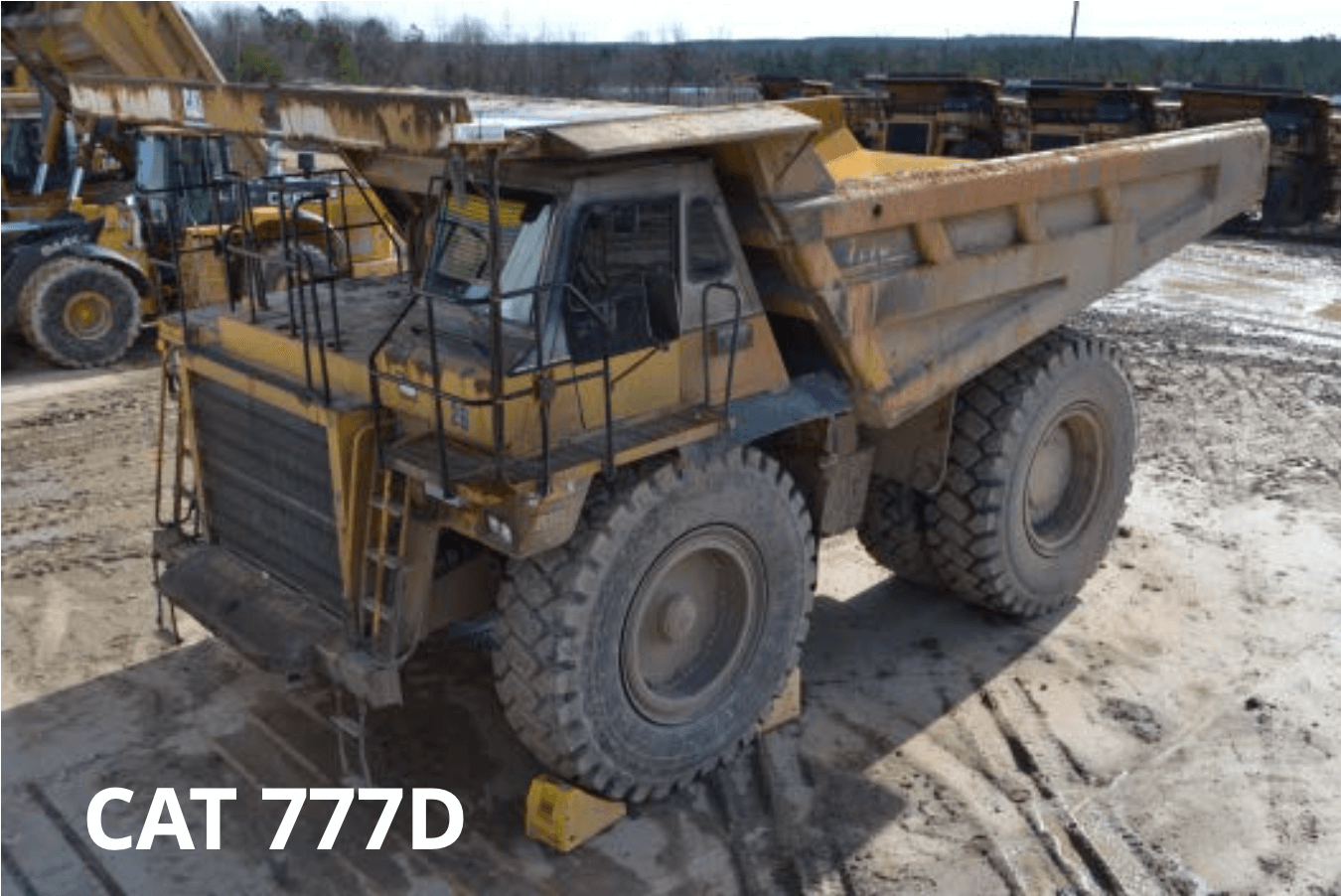
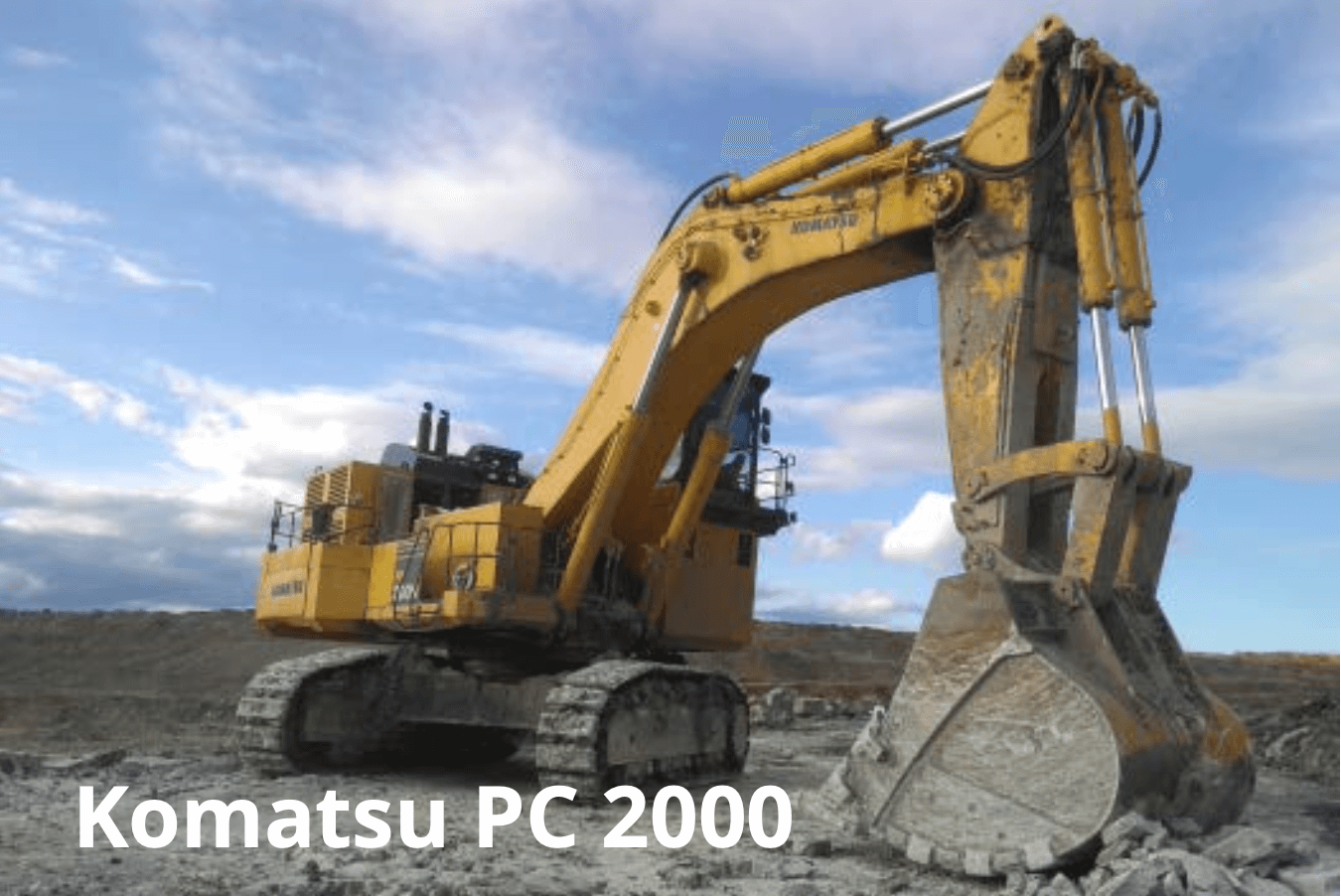
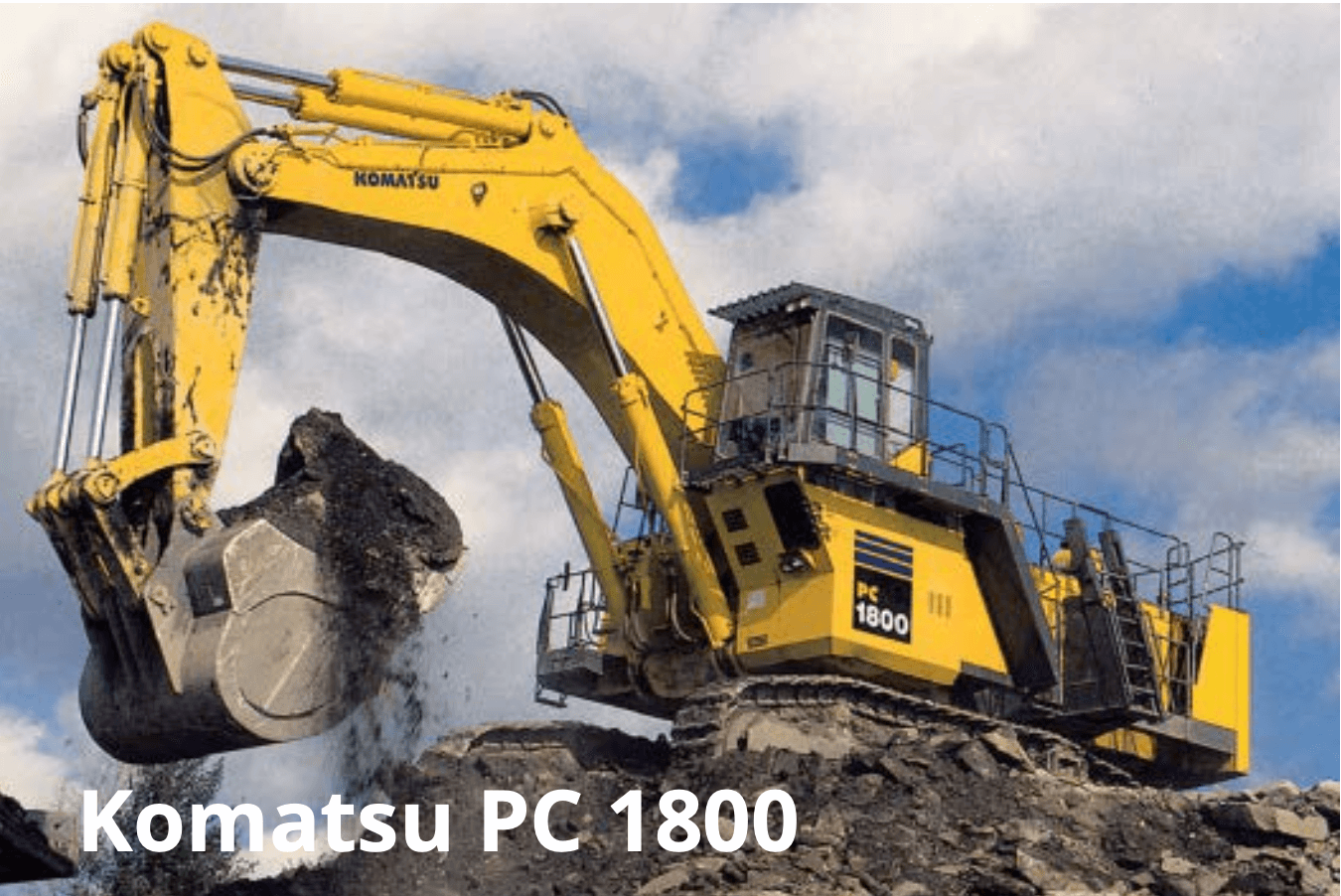
Task
Main task of the client is to implement telematics system at the enterprise to provide online monitoring of efficiency of mining machinery. This is a part of global challenge of creating a digital econometric working model of a quarry.
Fuel consumption, required to extract one ton of gypsum stone, – is the most important parameter to calculate the efficiency of machinery performance. To determine fuel consumption per ton of product it is necessary to receive accurate data on the current fuel consumption of each machinery unit in real-time.
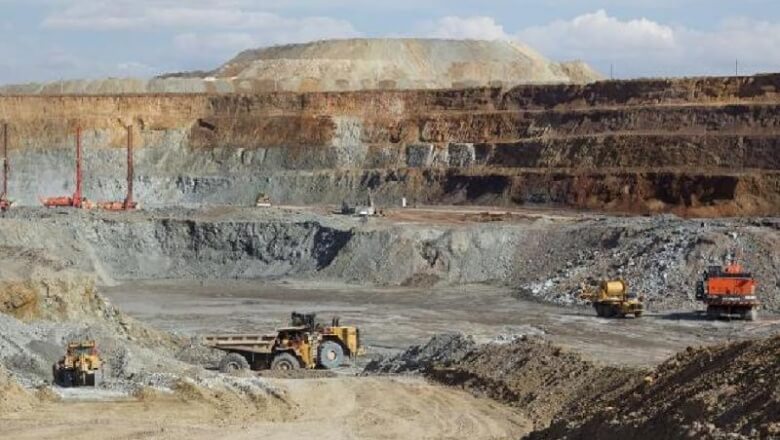
The initial part of the project includes installation and run-in test of telematics system on machinery, chosen before. Further, the system will be scaled to all units of machinery, operating in the quarry.
Dump trucks and excavators are equipped with standard CAN bus. Since vehicles were released about 20 years ago, data set in CAN bus is limited – there is no data on fuel. Therefore, it was decided to install flow meters directly in a fuel system to provide accurate measurement of current fuel consumption.
Solution
DFM Marine fuel flow meters have been installed in a fuel system of dump trucks and excavators to provide accurate fuel monitoring. This hardware is designed for direct measurement of diesel fuel consumption on heavy machinery: vessels, locomotives, powerful generators, mining equipment.
Each dump truck is equipped with two flow meters – in supply and return fuel line of engine. Each excavator is equipped with four flow meters: Komatsu PC1800 has two engines, and an engine of Komatsu PC2000 has two supply lines and two return lines. Flow meters operate in pairs, in differential mode. Hourly fuel consumption in each fuel line is 300-500 l/h.

DFM Marine installed in 1 supply and 2 return lines
DFM Marine with CAN j1939 interface were chosen for this aim. Flow meters are connected to a single digital bus with common power supply using S6 Technology. All DFM Marines are configured from one point. S6 technology allows creating a network of up to 16 DFM Marine fuel flow meters. Data from all of them is transmitted to a single CAN input of GPS/GSM telematics unit.
Data from flow meters is transferred to telematics unit, designed especially for mining machinery monitoring, and, thereafter, is sent to telematics service. Both telematics unit and service were developed by Technoton engineers.
Now the client receives all necessary data on:
- instant fuel consumption;
- total fuel consumption;
- fuel consumption in the supply and return lines;
- fuel consumption and engine operating time by modes:”Idling”, “Optimal”, “Overload”, “Tampering”.
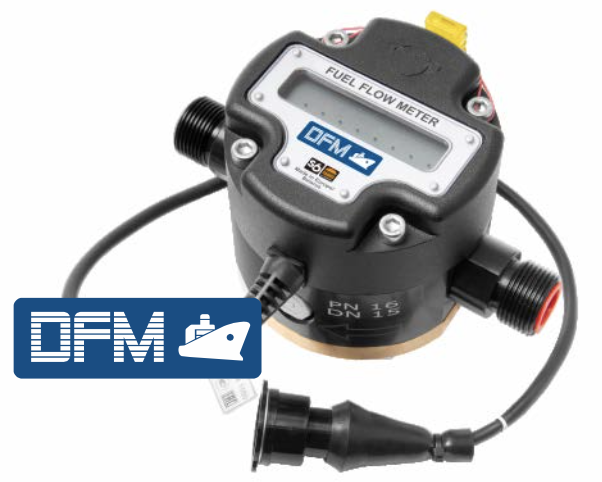
DFM Marine fuel flow meters
Engineer of Technoton telematics system provider
“We have chosen DFM Marine flow meters by Technoton for three reasons. Firstly, it is reliable hardware, that works without breakdowns or failures in difficult machinery operation conditions. Secondly, there are models of DFM Marine with CAN j1939 interface. This provides easy configuration of flow meters and enables connection of several counters to one CAN input of telematics unit simultaneously. Thirdly, measurement inaccuracy is not more than ± 0.5%, this means, accurate fuel accounting is guaranteed”.
Result
Telematics system, which was installed on dump trucks and excavators, works reliably and in real time transmits information about fuel consumption and engine operating time. Data is exported to software packages that calculate the economic efficiency of production.
Data on the operating time of engines in various modes is also used to plan maintenance based on the actual operating time of engine, which significantly increases service life of machinery.
Management of the quarry expeditiously oversees data on fuel consumption per ton of gypsum stone. In the near future, a digital econometric model of enterprise will be built on the basis of this data.
Head of the technical and service department of the quarry*
“As a technician, I especially liked that Technoton experts came to us and installed telematics devices on machinery directly in the quarry. Installation was very fast, with minimal machinery downtime. We plan to install fuel flow meters on other vehicles of our quarry. Now top management of our company is examining a report on the project implementation. We look forward to making a decision on installation of telematics system by Technoton at other mining enterprises.”
*Data is hidden from public access to comply with GDPR requirements. Details on the project can be disclosed upon signing NDA and with the consent of our partner.

